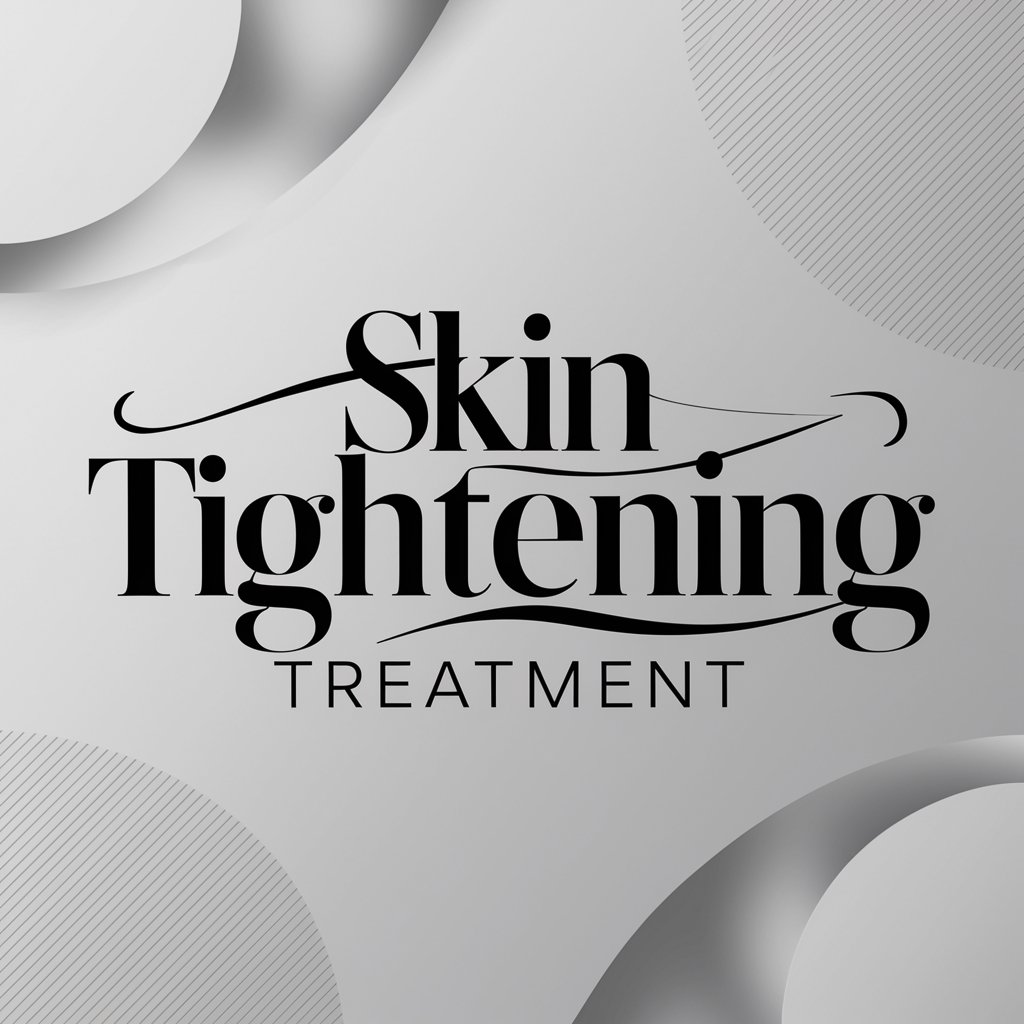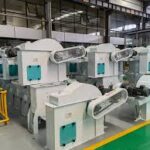Skin tightening treatments have surged in popularity as people seek effective ways to combat the natural aging process and achieve a more youthful appearance. These treatments, both non-invasive and minimally invasive, leverage advanced technologies to enhance skin elasticity and firmness. But how exactly do these treatments work? This article delves into the science behind skin tightening, exploring the mechanisms, technologies, and their effects on the skin.
Understanding Skin Structure
To comprehend how skin tightening treatments work, it’s essential first to understand the structure of the skin. The skin consists of three primary layers: the epidermis (outer layer), dermis (middle layer), and subcutaneous tissue (deepest layer). The dermis contains collagen and elastin, proteins responsible for skin strength, elasticity, and firmness. Over time, due to aging, sun exposure, and lifestyle factors, the production of these proteins decreases, leading to sagging and wrinkling.
Mechanisms of Skin Tightening Treatments
Skin tightening treatments primarily aim to stimulate collagen and elastin production, enhance skin elasticity, and improve overall texture. Here are the main mechanisms through which these treatments achieve their results:
1. Thermal Energy
Many skin tightening treatments use thermal energy to induce controlled damage to the dermis, triggering the body’s natural healing response. This process stimulates the production of new collagen and elastin fibers, resulting in tighter and firmer skin. The heat can be delivered through various technologies, including:
- Radiofrequency (RF): RF treatments use electromagnetic waves to generate heat deep within the skin layers. This heat stimulates collagen remodeling and new collagen synthesis. RF is effective for treating mild to moderate skin laxity on the face and body.
- Ultrasound: High-intensity focused ultrasound (HIFU) delivers precise thermal energy to the deeper layers of the skin. This non-invasive treatment promotes collagen production and tightens the skin, often with visible results after a single session.
2. Laser Energy
Laser skin tightening employs focused light energy to heat the skin’s deeper layers. Lasers penetrate the skin without damaging the surface, stimulating collagen production and tightening the skin. Popular laser treatments include:
- Fractional Lasers: These lasers create microscopic injuries in the skin, promoting collagen production and skin renewal. Fractional lasers can improve skin texture, tone, and tightness with minimal downtime.
- Nd:YAG Lasers: These lasers are known for their deep penetration and are particularly effective for treating deeper skin layers. They can tighten skin and improve its overall appearance.
3. Microneedling
Microneedling involves the use of tiny needles to create controlled micro-injuries in the skin. This process stimulates the body’s natural wound-healing response, leading to increased collagen and elastin production. When combined with radiofrequency (RF microneedling), the procedure becomes even more effective at tightening and rejuvenating the skin. For detailed insights into microneedling and other advanced treatments, visit Connecticut dermatology.
Combining Treatments for Enhanced Results
In many cases, combining different skin tightening treatments can yield enhanced results. For instance, combining RF microneedling with laser treatments can provide comprehensive skin rejuvenation by targeting various skin layers and concerns. This multi-modal approach can offer significant improvements in skin tightness, texture, and overall appearance.
SEV Med Spa: A Leader in Skin Tightening Treatments
Choosing the right provider is crucial for achieving optimal skin tightening results. SEV Laser, a renowned med spa, has recently expanded its services with a new location in Naperville, Illinois. Known for its state-of-the-art treatments and experienced staff, SEV Laser offers a range of skin tightening solutions, including RF, ultrasound, and laser therapies. Their personalized approach ensures that each client receives the most suitable treatment for their unique skin type and concerns.
Benefits of Skin Tightening Treatments
The benefits of skin tightening treatments extend beyond just aesthetic improvements. Here are some key advantages:
- Non-Invasive: Many skin tightening treatments are non-invasive or minimally invasive, meaning they require little to no downtime and are generally well-tolerated.
- Natural Results: These treatments stimulate the body’s natural processes to produce collagen and elastin, leading to gradual, natural-looking improvements.
- Versatility: Skin tightening treatments can be performed on various body parts, including the face, neck, abdomen, arms, and thighs.
- Long-Lasting Effects: With proper maintenance and follow-up treatments, the results of skin tightening can be long-lasting.
Considerations and Potential Side Effects
While skin tightening treatments are generally safe, it’s important to consider potential side effects and risks. Common side effects include temporary redness, swelling, and minor discomfort at the treatment site. These typically resolve within a few hours to days. For treatments like Sculptra, it’s essential to evaluate the sculptra pros and cons, including the potential for longer recovery times. It’s crucial to follow pre- and post-treatment instructions provided by your practitioner to minimize risks and ensure the best results.
Conclusion
Skin tightening treatments offer a promising solution for those seeking to improve skin laxity and achieve a more youthful appearance. By understanding the science behind these treatments, individuals can make informed decisions about the best options for their skin concerns. With advancements in technology and the availability of experienced providers like SEV Laser, achieving firmer, tighter skin is more accessible than ever. If you’re in the Naperville area, consider visiting SEV Laser’s new location Naperville to explore their cutting-edge skin tightening treatments and start your journey towards rejuvenated skin.






